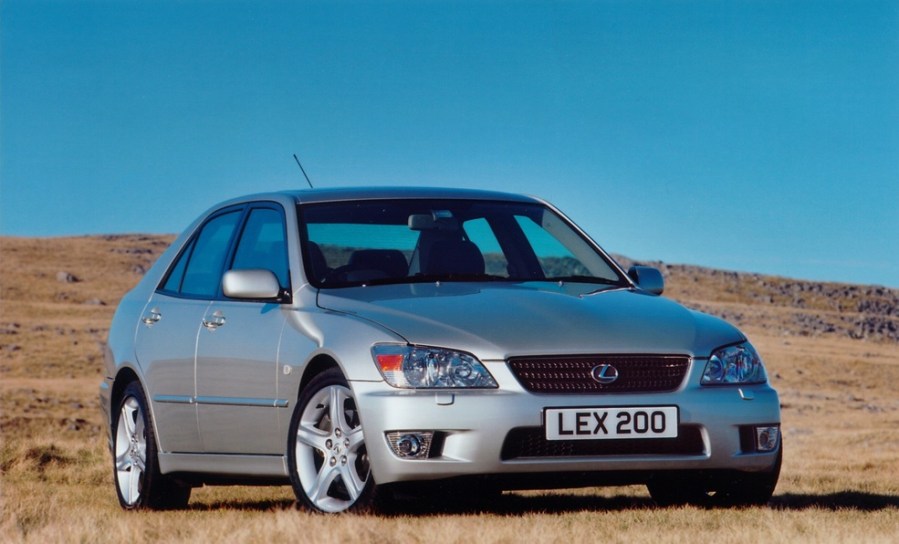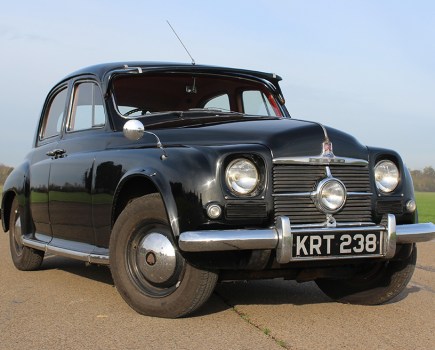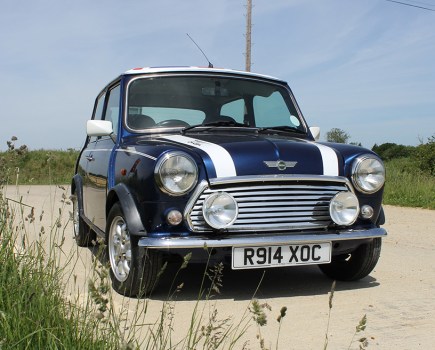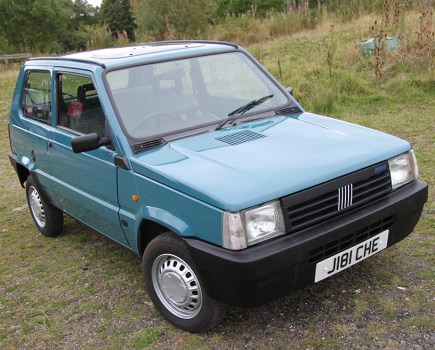Lexus’ idea of upsetting the applecart was to place the IS200 directly against the BMW 3 Series – and today, it’s approaching modern classic status. Here’s what to look out for
While BMW was dominating the compact saloon/coupé segment, Lexus decided it could have a share of the action too, doing so with the launch of the IS200 in 1999. True to the company’s approach at the time, the IS200 was essentially a Toyota, sold in its home market as the Altezza from 1998 onwards.
The goal behind the IS200 (codenamed XE10) was to shift public perception of Lexus in export markets, where the brand had previously been synonymous with large luxury limousines such as the LS400. The sportier newcomer allowed Lexus to position its technologically advanced models against smaller executive cars like the BMW 3 Series.
At launch, three versions were available: the S base model, the SE luxury trim, and the Sport edition. Visually, all three were nearly identical, as were their mechanicals, so choosing between them came down largely to personal taste and budget.
Powered by a 2.0-litre, six-cylinder engine with rear-wheel drive, the IS200 blended everyday practicality with engaging driving dynamics, aiming to tempt buyers away from the dominant German rivals. It wasn’t until 2001 that the larger 3.0-litre 2JZ-GE engine, derived from the GS300, became available, providing improved performance and reinforcing the executive image.
The designers took great care to make the IS200 appear as large as possible, employing some visual tricks to give it presence. In reality, it was 71mm shorter, 5mm lower, and 19mm narrower than the 3 Series, but its squat proportions gave it a more substantial stance. With short front overhangs and large wheels, the IS200 achieved a neat yet muscular look reminiscent of its BMW rival.
Dimensionally, the compromise is clear: once inside, it’s evident the cabin is smaller than a 3 Series, particularly for rear passengers. Boot space is also more limited, something to bear in mind when comparing the two cars.
Nonetheless, the Lexus experience remained intact. Inside, the cabin offered a suite of comforts familiar to owners of larger Lexus models. Even as standard, the IS200 was well equipped, featuring climate-controlled air-conditioning, a six-CD autochanger, and a sophisticated traction control system. Being rear-wheel drive, the Sport variant also included a limited-slip differential.
That said, the IS200 never quite matched the charisma or broad appeal of the 3 Series. Without a more economical four-cylinder option or a high-performance model in the vein of the M3, BMW maintained its dominance by catering to all needs.
It is worth noting that the Lexus IS200 is one of those cars that is largely trouble-free. Considerable effort went into engineering, making common faults rare. Of course, as with any vehicle, a few minor issues can arise, but the usual checks and precautions largely apply.

Lexus IS values
In the world of skyrocketing Japanese car prices, the IS looks a bit of a bargain, albeit with values steadily climbing; the 2.0-litre IS200 is the cheapest, a scruffy automatic setting you back as little as £1000, but look carefully for evidence that a keen amateur drifter has abused it. Nicer examples, particularly with manual gearboxes, start around £2500, with the very best examples on the market commanding £8000-£10,000 depending on spec.
The IS300, meanwhile, uses the famous 2JZ 3.0-litre engine from Toyota’s Supra, and is accordingly more sought-after – start your search around £4500, but you can double that figure for an immaculate Japanese import. Sounds steep, but compare that to the price of a Mk4 Supra with that same engine…
Insurance Costs
2002 Lexus IS200 Sport, £2500 value.
Example quote: £378.85 or £396.85 with Agreed Value.
Quotation supplied by Lancaster Insurance. Tel: 01480 400761
Quote based on a 45-year-old marketing manager, access to another car, no claims or convictions, club member, 3000 miles per year, no modifications, living in SP2 0HL. Disclaimer: Subject to underwriting criteria. An additional charge may be payable. Authorised and regulated by the Financial Conduct Authority.
Bodywork
The windscreen is a potential concern, with reports of leaks around the heater cable at the base of the glass. This can in turn damage the main relay/control board, which could result in a repair bill of around £500. Confirm with the owner whether the screen was replaced with a Pilkington unit, which resolves the issue.
Indicators of water ingress include dampness around the corner of the dash trim, or if the owner has experienced lights staying on when switched off, or issues with the locking/alarm system.
With the earliest cars nearing 25 years of age, the bodywork can begin to show signs of rust. Check the wheel arches, sills and behind the rear bumper for potential problem areas. Rust is not commonly reported, but cars used regularly, particularly in winter, can suffer from the effects of UK road salt over time.
When inspecting underneath, have a look at the exhaust, which should be stainless steel – or at least will be if it is an original part. Make sure you check the vehicle’s history to ensure that servicing and maintenance have been carried out regularly and that it hasn’t been involved in any kind of accident. That said, car park scratches and minor dents are common, so as long as the damage has been repaired and there are no underlying issues, this shouldn’t pose a problem.
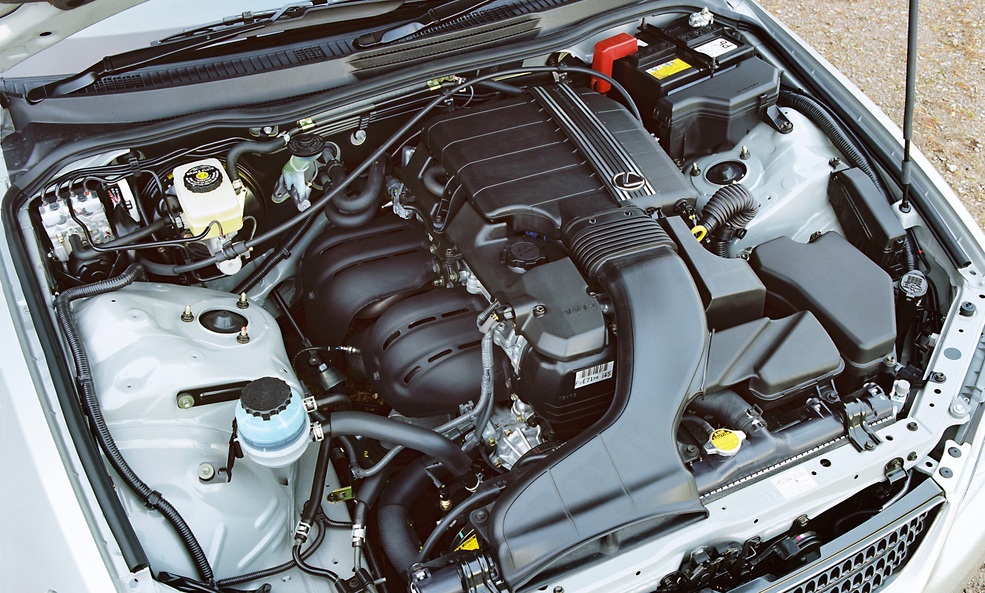
Engine and transmission
The spark plugs have a lifespan of 100,000 miles, and if the car has exceeded this, check whether they have ever been replaced. They should be changed during major servicing, but not all owners will have done so. The 2.0-litre straight-six is a silky-smooth gem of a motor when it’s healthy, so any misfiring, uneven idle or stumbling under throttle should be treated with concern; start your search at the ignition system components. If you fancy diving into the vast Japanese car tuning scene, a stainless steel exhaust will unleash an incredible touring car-esque rasp from the six-pot, while also freeing up some power. If you’re in the market for a fruity exhaust, however, go online and listen to some video clips of different options to make sure you won’t regret your decision…
Owners have reported that, regardless of age, the clutch can begin to judder without warning. For some reason, replacement clutches haven’t resolved this issue long-term, and it can become a nuisance later on. It’s not necessarily a deal-breaker, however – if a car has had the clutch replaced fairly recently, you can hope that the problem won’t recur straight away.

Interior and trim
This next point may seem unusual, but owners report it as a real nuisance: check that the driver’s floor mat has the correct clips fitted. Early cars were subject to a recall because the accelerator pedal could stick if the mat had slid forward.
Another area to inspect is the inner left side of the boot for signs of water. Cars with sunroofs have the runoff drain running past this point. If the drain becomes blocked, water can accumulate in the boot well and, in the worst-case scenario, form a puddle. Condensation towards the rear of the car may also indicate blocked drains.
It’s worth noting that not all IS200s came with ISOFIX points, as these were optional on early models. If you need a family car with child seat fixing points, be sure to confirm with the owner whether they are fitted. After the 2001 facelift, ISOFIX points became standard.
Inside the car, check that the radio functions correctly. It has a six-CD changer, so ensure all discs load and eject smoothly. Error 3 and misfeeds are common issues; if either occurs, the unit may require complete replacement.

Transmission, steering and brakes
Be sure to take every car for a proper test drive before handing over any money, paying particular attention when braking. The front caliper sliding pins and lower piston can seize quite easily. If this happens, the caliper will likely need replacing, so stay alert.
Another thing to note with the brakes is any scraping noise from the rear. When discs have been replaced with OEM parts, the inner lip can rub against the inner backing plate. Lexus addressed this by grinding the plate back. If you hear a rubbing sound, it may need grinding, or you might consider swapping for aftermarket discs.
Inner tyre wear is fairly common due to factory camber settings, but it shouldn’t be extreme. Excessive inner wear usually indicates too much negative camber and points to an underlying issue.
That said, some cars have been modified over the years, as the 200 is popular with the tuning community. Some may have been fitted with extreme negative camber, so check carefully for other modifications that may have been made.
Front ball joints are known to fail regularly, so find out if these have been replaced by the owner. If not, have them inspected to ensure they’re still in good condition.
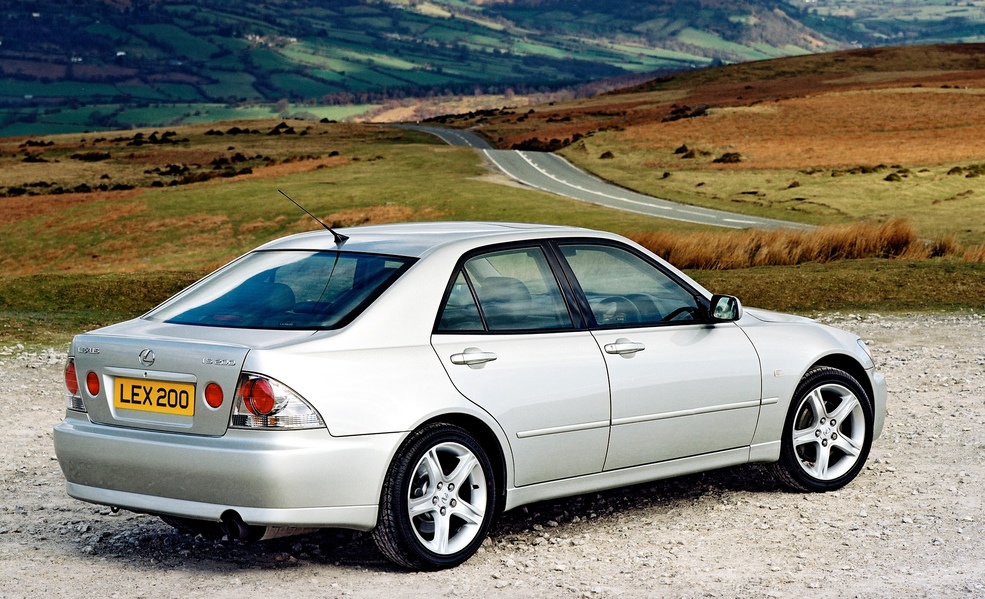
Lexus IS200: our verdict
Japanese saloons from the early 2000s are highly sought after at present. Fans of Japanese car culture are drawn to models like the IS200 for their mix of rear-wheel drive and lively engines – an ideal formula for track days or drifting. That said, as a practical alternative to a BMW 3 Series, the IS really shines as a modern classic for everyday use.
The aftermarket scene is well catered for, so sourcing parts shouldn’t pose too many problems. Most importantly, check the car’s history carefully and ensure it has been properly maintained. Aside from the points above, there’s little need to worry about high-mileage examples.
MODEL TIMELINE
1998
First-generation Lexus IS200 (codenamed XE10) launched in Japan as the Toyota Altezza in October.
1999
Lexus IS200 goes on sale in the UK and Europe.
2001
IS300 launched as saloon and SportCross hatchback/estate, powered by 3.0-litre straight-six ‘2JZ’ engine, offering 211bhp in non-turbo form. A racing version of the IS200 is entered in the British Touring Car Championship by ABG Motorsport.
2002
IS200 SportCross launched in UK, offering 2.0-litre straight-six in hatchback/estate body.
2005
Second-generation Lexus IS is revealed at the Geneva Motor Show; first-gen IS ceases production by the end of 2005.

